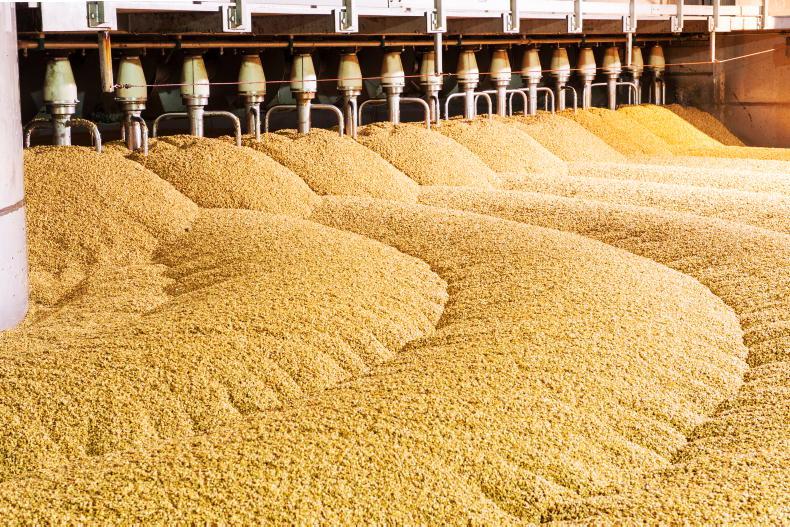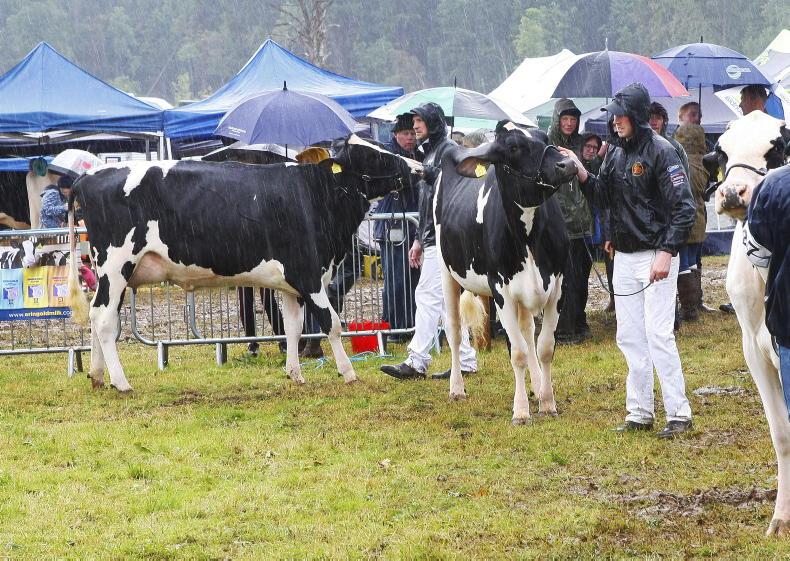John Gilliland gave an excellent talk to the board of Arrabawn recently.
John is a former president of the Ulster Farmers’ Union and an international commentator on carbon emissions from agriculture. He is also a Professor of Practice at Queen’s University Belfast. He promotes a message that’s at odds with much of the prevailing wisdom on how to tackle the challenge of greenhouse gases (GHGs) from agriculture.
His view is that agriculture is fundamentally different to other sectors in that while it is a producer of carbon, it also sequesters carbon and in addition is a producer of renewables that can replace fossil fuels. This multiple role of agriculture contrasts with all other sectors that typically have a single dimension when it comes to GHGs, for example, transport.
Recognition of this multiple role requires that policy treat agriculture in a holistic manner, according to John.
The administrative division of agricultural practice with three separate activities (carbon production, sequestration and renewables), each with standalone targets, is completely at odds with the way farmers farm and thereby removes flexibility in decision-making.
Faced with a net zero target for emissions, farmers should be able to choose the best option as between reducing emissions from farming, increasing sequestration of carbon and, where feasible, the production of renewables.
This choice will vary with each individual farm.
What policy has determined is that each of these pathways towards achieving the net zero target should operate separately and in a designated time sequence for carbon production and sequestration. Thus, Irish farmers are obliged to reduce emissions by 25% by 2030.
There are no firm proposals yet on sequestration but presumably any proposed actions will follow the carbon reduction pathway.
And the production of renewables is effectively seen as having no connection to either the production or sequestration of GHGs.
In ruminant livestock, the contribution of methane to the total production of carbon is vastly greater than other gases
This is not a process that encourages innovation on farms and it will lead to greater costs for individual farmers than would otherwise be the case with a more joined-up approach.
Rationale
The only rationale that’s been put forward for a segregated adjustment pathway is the so-called “green washing” argument. This suggests that if farmers are permitted to make their own choices between, for instance, sequestration and carbon reduction, they would most likely opt for sequestration as this might be considered a more nebulous option.
This is at best a patronising argument. Apart from the multiple roles of farming activity in the reduction of GHGs, there is also another critical manner in which agriculture differs from other sectors when it comes to carbon production.
In ruminant livestock, the contribution of methane to the total production of carbon is vastly greater than other gases. But with methane there is no substitute for ruminant livestock, other than unacceptable destocking.
While there are substitutes for the non-methane gases that largely arise from nitrogen, such as the production of legumes, these are not costless alternatives and their adoption will take considerable time to be mainstreamed into typical farming systems.
Most people would take the position that if you want people to cease or greatly reduce a particular activity, then you need to provide them with effective alternatives. It’s going to take considerable time to find cost-effective technologies that can reduce methane production and the use of chemical nitrogen.
It will also take time to measure carbon production and sequestration on farms.
In the meantime, it would be unreasonable to introduce penalties on the production of carbon from farming activity in the absence of alternatives.
This basic principle has now been accepted in New Zealand following the accession to power of the Luxon government. A few years ago, it looked like New Zealand was about to adopt a radical taxation policy to achieve its national GHG targets.
What was surprising was that it looked at the time as if many farmers were prepared to support this approach. But following consultation, the then government abandoned aspects of the policy that it had originally supported.
Under the new government, this strategy has been dumped. Instead, the sector will be given time for new mitigation technologies to be developed and adopted by farmers.









SHARING OPTIONS